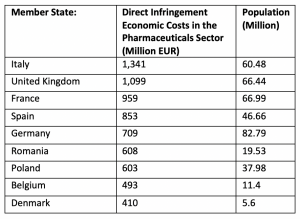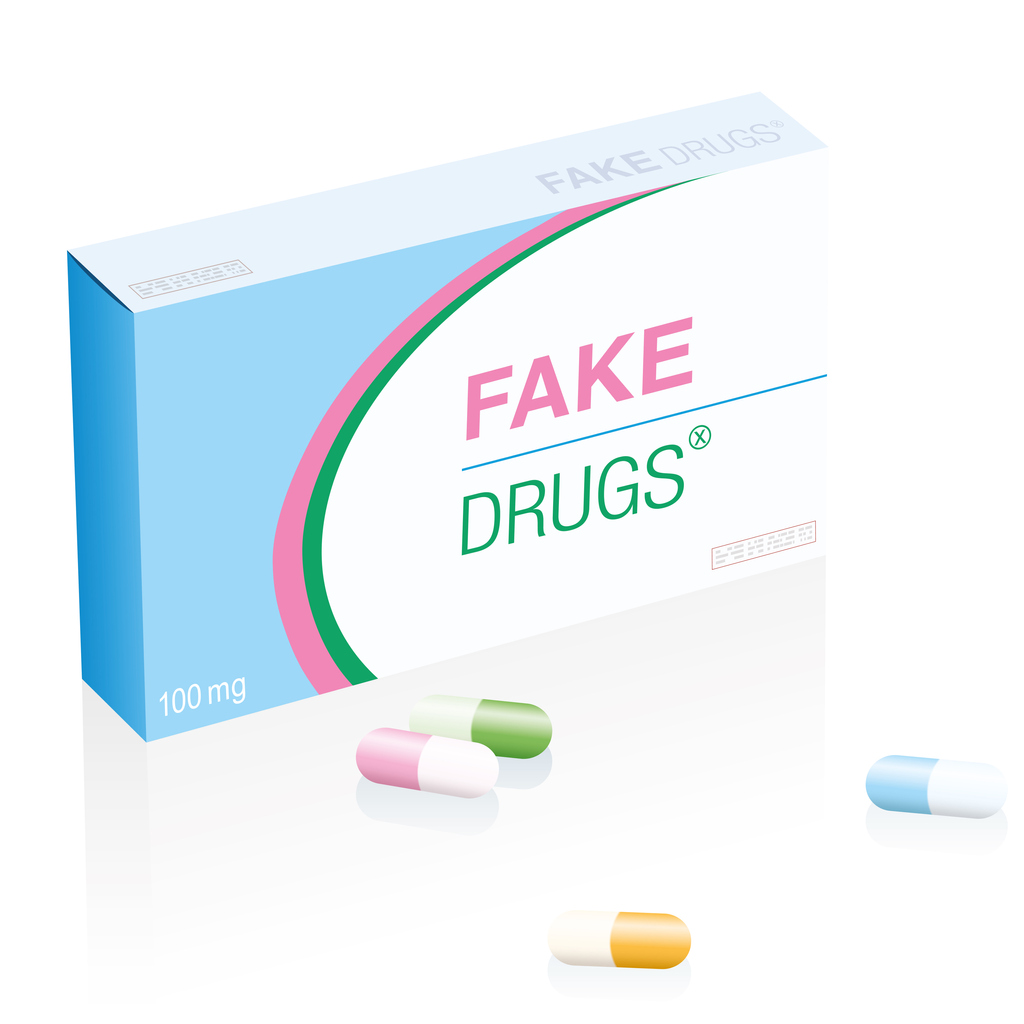The 2019 Status Report on IPR Infringement from the European Union Intellectual Property Office (EUIPO) reveals that the annual sales lost due to counterfeiting in Denmark amount to €828 million. This represents 4.2% of the total sales in the 11 sectors covered by the report, which included cosmetics and personal care, clothing, footwear and accessories and pharmaceuticals.
The report further showed that €145 is lost per inhabitant and 3,893 jobs are lost because of counterfeiting in Denmark. This sector-wide assessment of the financial consequences of counterfeiting and piracy in important business sectors known to suffer from IP infringement is the second of its kind published by the EUIPO.
Sectors in Denmark
Of the 11 sectors covered by the report, cosmetics and personal care, as well as pharmaceuticals, stood out in Denmark. The estimated loss in the cosmetics and personal care sector is €102 million, which represents 11.7% of the total turnover of this sector. This is higher than at the EU level, where losses represented 10.6% of the total turnover. Cosmetics and personal care is one of only two sectors that has not experienced a decrease in revenue from counterfeiting activities since the first analysis from the EUIPO in 2018.
In terms of monetary value, the pharmaceutical sector experienced the highest losses, amounting to €410 million. While this represents only 3.4% of the total turnover, this amount puts Denmark in the top 10 of the EU 28 for direct infringement economic costs in the pharmaceuticals sector.
This is particularly high when population is considered, as Denmark has the smallest population comparatively among the top 10:

Blurred lines
Part of the problem in Denmark is that, when it comes to cosmetics and personal hygiene products, consumers do not have the same level of focus as they do for other sectors such as fashion, where they are more conscious of fake products. There is also an issue of blurred lines between fakes and grey-market products when it comes to cosmetics and personal hygiene items, as many retailers sell goods that are parallel imported, making consumers less alert to fakes – believing that they are goods from the grey market. In addition, prices for fakes in this sector are often not suspiciously low compared to genuine products sold online. Denmark also has a high proportion of e-commerce businesses, which makes it incredibly easy for fakes to enter the market.
E-commerce is the main proponent for pharmaceutical goods as well. Unlawful e-commerce businesses appear trustworthy and infringers use high-quality packaging and well-designed websites to deceive consumers. In Denmark, it is possible to purchase genuine pharmaceutical products from online pharmacies, thereby creating a layer of established trust with consumers and a lack of awareness in terms of the risks associated with e-commerce businesses.
Outlook
For trademark and design owners, it is advisable to have a thorough enforcement strategy, which must include watching goods entering from outside the European Union via customs, as well as online use.
E-commerce platforms often have their own takedown procedures, which vary from site to site. Trademark and design owners should identify the most often used platforms for counterfeit goods and then start with an enforcement programme to tackle those platforms as a first step.
Public awareness campaigns have had little impact for these categories of products, but the Danish Patent and Trademark Office will continue efforts in 2020 to campaign against counterfeit goods.
This article first appeared on WTR Daily, part of World Trademark Review, in December 2019. For further information, please go to www.worldtrademarkreview.com





